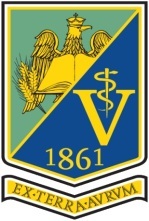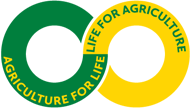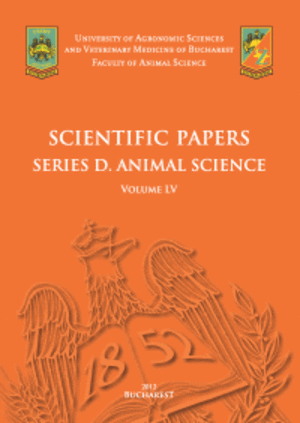Published in Scientific Works. Series C. Veterinary Medicine, Vol. LXXI, Issue 1
Written by Ionuț Răzvan DOBRE, Nicoleta CIOCÎRLIE, Gheorghe Valentin GORAN
The presence of veterinary drug residues in food raises significant public health concerns. Exposure to these residues, especially at high levels, can lead to adverse health effects for consumers, including allergic reactions, antibiotic resistance and other toxicological risks. The indiscriminate use of drugs in animal husbandry to promote growth or prevent disease leads to the accumulation of residues in animal tissues and products of drug residues including antibiotics, hormones, and anti-inflammatory substances. A total of 1605 animal-derived samples were analysed, including 209 beef, 453 pig, 61 sheep and goat, 11 horse meat, 700 poultry, 68 milk, 82 egg, 1 rabbit, 2 wild game and 18 fish samples. The detected antibiotics were penicillins, tetracyclines, sulphonamides, aminoglycosides and cephalosporins, in the following proportions depending on the type of sample: beef (13%), pigs (28%), sheep/goats (4%), horses (1%), poultry (44%), milk (4%), eggs (5%) and fish (1 %). Tetracycline residues were the most prevalent in poultry meat, detected in 64% of the analysed samples.
[Read full article] [Citation]



